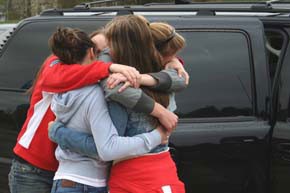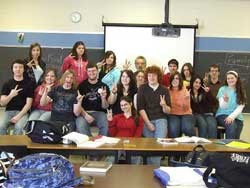The McCord Museum's Keys to History site gives teachers access to a searchable database of 90,000 images from Canadian history dating from 1840-1945, of which 2,000 are documented by historians and museologists. It includes a tool for creating visual presentations, called the Web tour, which can include external images; once done, the tour is saved long term on the McCord server.
McCord Museum Project - Keys to History (Phase I and II) involved seven grades 7, 9 and 12 teachers. They examined the Keys to History resources and tools available on the McCord Museum website in relation to provincial social studies curriculum outcomes. The lessons they developed are published on the project website and student projects are featured. The focus of the pilot was inquiry skills, data collection, ICT skills and research skills.
Aboriginal Cultures (Phase III) will be piloted by four grade 7 teachers in April of 2007.
Keys to History is a partnership with seven museums in five provinces: the New Brunswick Museum, the Centre d'études acadiennes and the Musée Acadien from the Université de Moncton in New Brunswick; the Guelph Museums in Ontario; the North Vancouver Museum & Archives in British Columbia; and joining this group this year, the Sir Alexander Galt Museum & Archives in Alberta, and the Musée Minéralogique et minier, in Quebec. Keys to History is subsidized by the Department of Canadian Heritage's Canadian Culture Online Program.
The McCord Museum of Canadian History in Montreal received the Museums-Schools Partnership Award in 2004, co-sponsored by the Canadian College of Teachers and the Canadian Museum of Nature, for their work on Keys to History.




